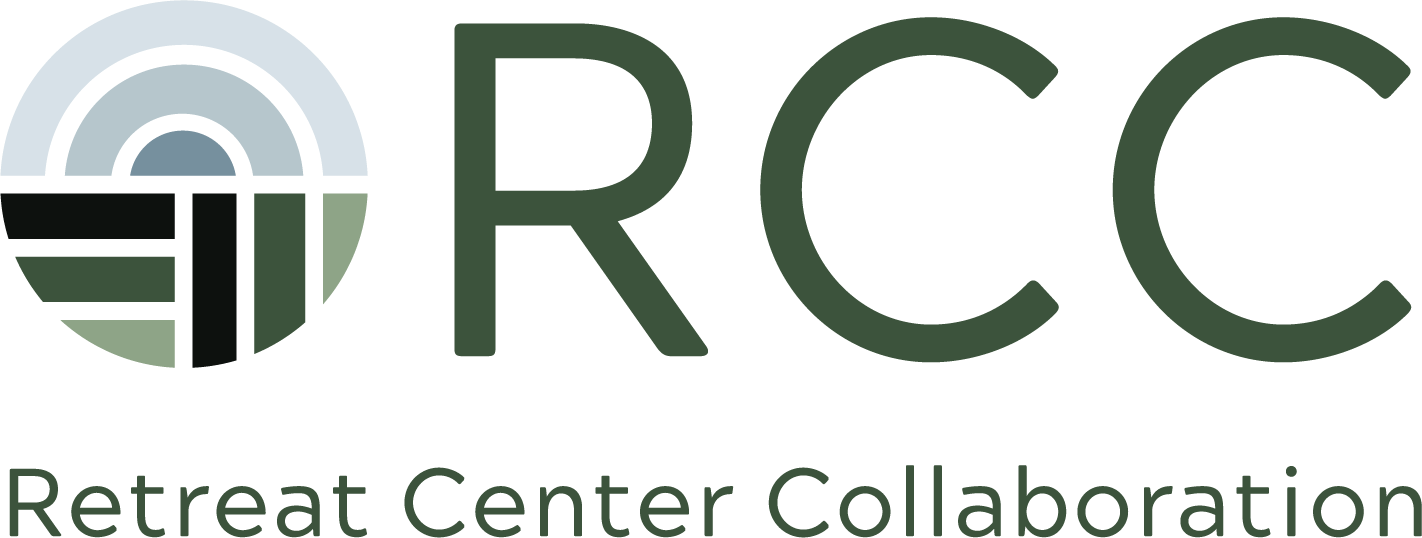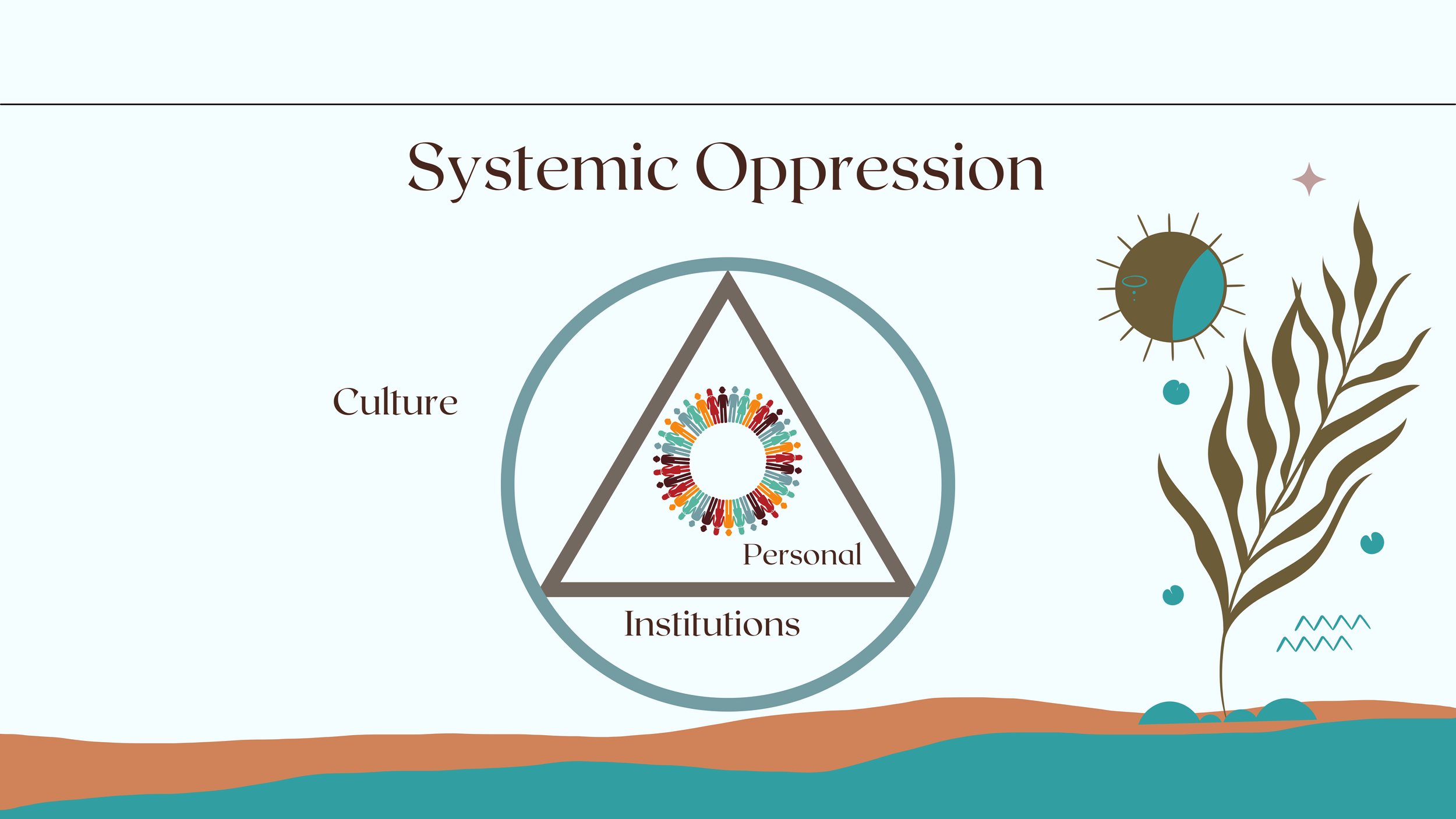Racial Healing Workshop: Dreaming Our Way Forward
On a recent Community Call, special guest Michelle Cassandra Johnson led a racial healing workshop about dreaming. “The process of dreaming as we slumber allows us to come up with divine solutions for problems that previously seemed impenetrable,” Michelle says. “Bringing our dreams into waking life allows us to implement these solutions.” In this workshop, participants found out how collective dreaming disrupts systems of oppression and acts as a catalyst for our shared healing and liberation.
View the full meeting video by clicking the image above.
Or scroll down for takeaways from the workshop.
Dreaming and Racial Healing
“Dreaming” in the context of racial healing is a broad spectrum of imaginal experience—including (but not limited to) the dreams that play out during sleep, daydreams, meditative explorations, and visioning for the future. A person may experience dreams as messages from spirit, creative inspiration, fanciful wondering, or abstractions that illuminate the day-to-day norm in unexpected ways. There are as many ways to dream as there are people.
The dominant culture has co-opted the idea of dreaming by linking it directly to wealth and power. But dreaming exists in a realm of abundant, multilayered possibility, far beyond of the narrow scope of capitalism. Dreaming helps us to problem solve, connect with others, and remove obstacles to shared liberation.
Why Dreaming Matters
The people proximal to power don’t want marginalized communities, especially people of color, to dream. The dreams of bodies of culture are disruptive to those in power because dreaming invites analysis of the deeply-internalized messages of systemic oppression.
Different forms of oppression—personal, institutional, and cultural—work together to perpetuate the system:
Personal oppression is: our individual biases, both conscious and unconscious. Our biases are what we’ve been conditioned to think about ourselves and others who may come from different lived experiences. We have to consciously work to disrupt our biases, to understand how they’re operating in any given moment.
Institutional oppression is: all of the policies, practices, and protocols that put constraints around what we can and can’t do. These are the rules we have to follow and the consequences we experience when we disrupt the rules. It’s the oppression, exclusion, and exploitation of those who are less proximal to power based on their embodied identities.
Cultural oppression is: The dominant cultural norms, the messages of institutional oppression perpetuating through time and working together with other forms of oppression. In our current cultural context, people are being conditioned to believe in scarcity, to be afraid, to de-prioritize our shared humanity, to extract, to appropriate, and to not check their bias. This is all coupled with—and compounded by—the collective traumas of the Covid pandemic, social and political uprisings, and climate change.
These oppressive systems and cycles continue unless something happens to disrupt them. Dreaming exists outside of all this.
Dreams are a way of disrupting our bias—the messages we’ve internalized from systems of oppression—and finding ways to imagine outside of those internalized messages.
Collective Dreaming Practice
“Dreaming in community feels like an antidote to white supremacy because it’s deeply relational,” Michelle says. “It’s about relationship to self and relationship as connected to others. We all have different backgrounds and experiences, and different ways we need to do the work of shared liberation.” Talking about our dreams and dreaming together in a shared space allows us to bring our imaginations into reality.
Following breakout discussions, participants shared their reflections about their own personal dreaming experiences. In a multiracial breakout room, a white participant recognized that Dr. Martin Luther King’s “I Have a Dream” speech means something different to people of color than it does to white audiences. Cultural context and personal bias both come into play in the interpretation of the speech. Collective dreaming practice provides us with the opportunity to encounter new perspectives like this one and invites us to open up to those new perspectives with a spirit of curiosity and wonder.
Michelle closed the session by leading the group in a collective dreaming meditation to reflect on our deepest intentions for wholeness and healing, drawing on wisdom from ancestors and spiritual guides.
Resources
Find Michelle Cassandra Johnson online at https://www.michellecjohnson.com and sign up for her bi-monthly newsletter to keep up to date on her offerings.
We Heal Together: Rituals and Practices for Building Community and Connection is her latest book published by Shambhala Publications.
Other books by Michelle:
Skill in Action: Radicalizing Your Yoga Practice to Create a Just World, published by Shambhala Publications.
Finding Refuge: Heart Work for Healing Collective Grief, published by Shambhala Publications.
Michelle’s next book, A Space For Us: A Guide for Leading Black, Indigenous, and People of Color Affinity Groups, will be published by Beacon Press.
You can also find Michelle on The Finding Refuge Podcast.
Notes and Audio
Follow the link below to access PDFs, audio, and additional meeting notes.
Join the Discussion
Do you work at a retreat center? Would you like to connect with the RCC community for more insights and support? Find out about our upcoming events.
Attend our next Community Call by subscribing to our mailing list.
Join our private Facebook group to connect with other retreat center professionals, learn, share, collaborate, and socialize together.


